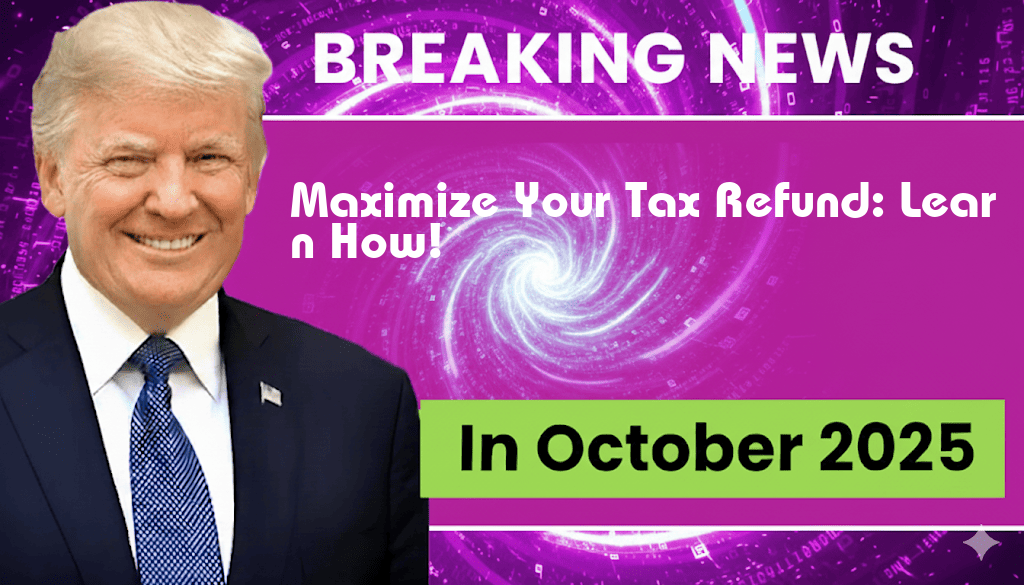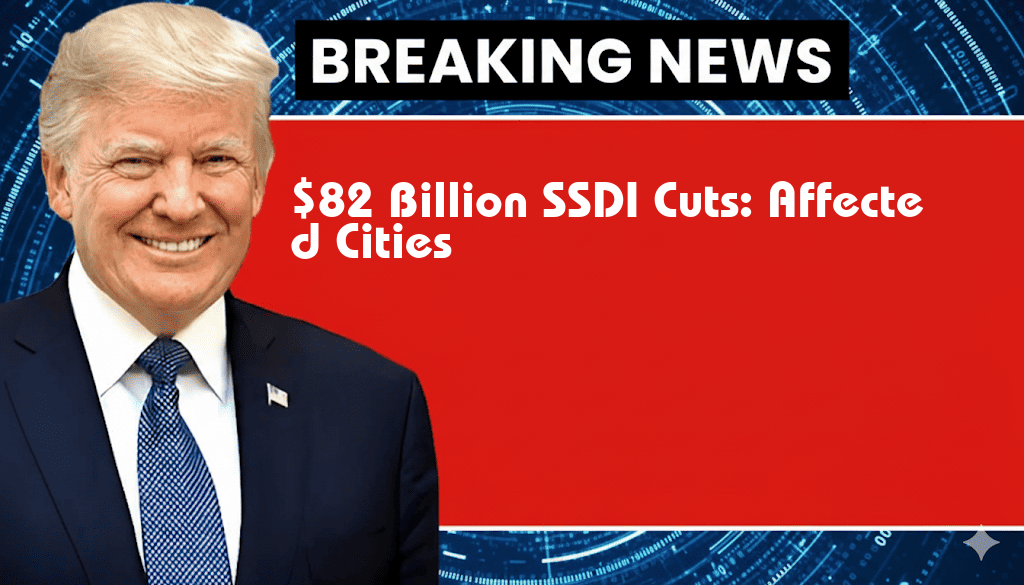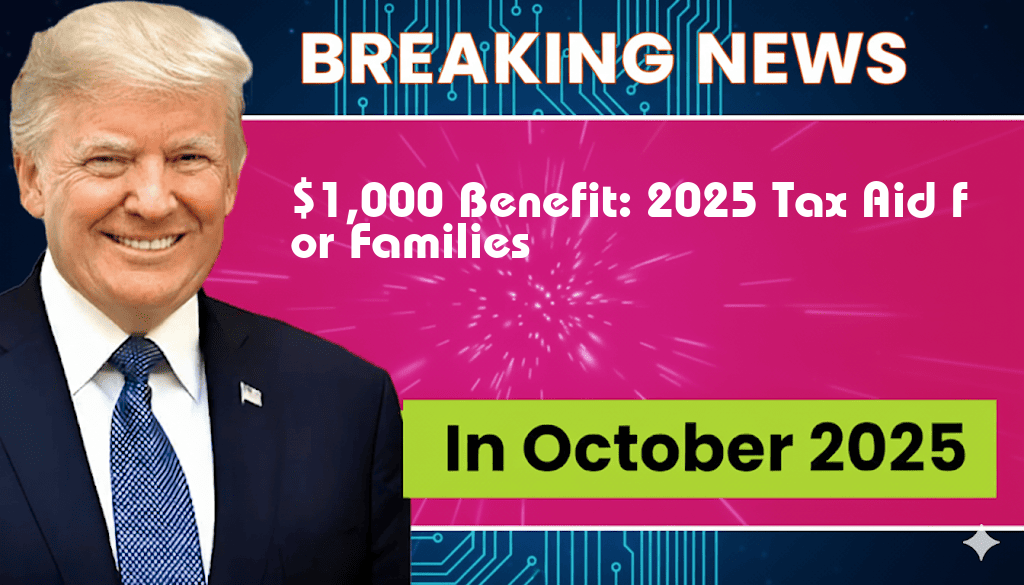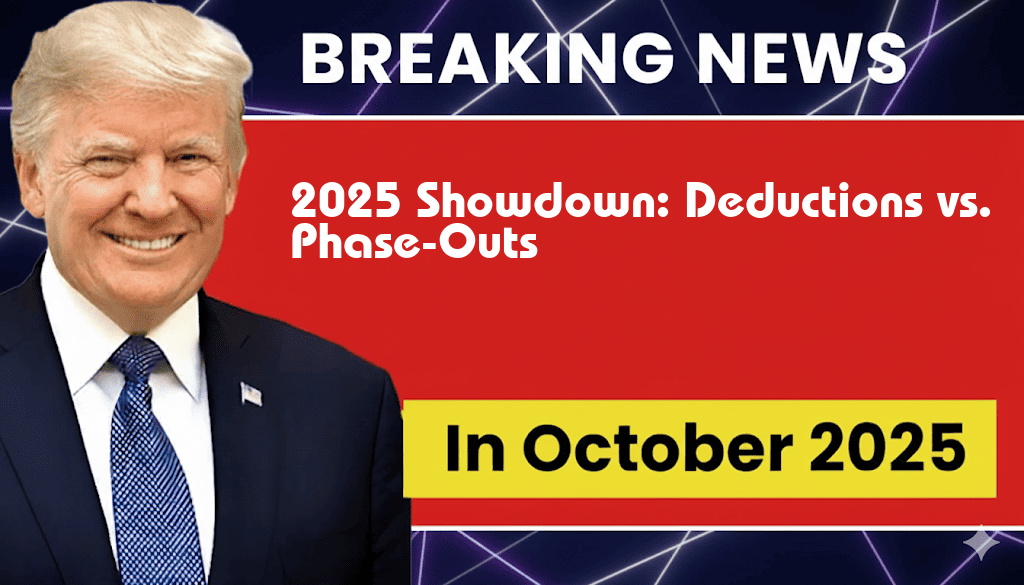
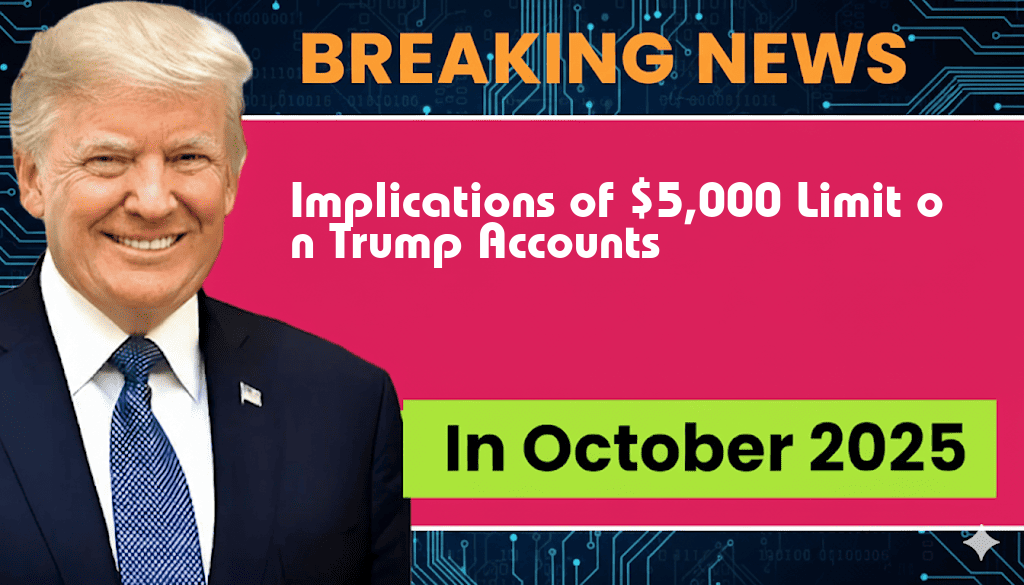
The recent decision to impose a $5,000 annual contribution limit on Trump accounts has stirred a significant debate among political analysts, financial experts, and the general public. This cap comes as part of broader regulatory changes aimed at increasing transparency and accountability in campaign financing. The implications of this limit extend beyond just financial constraints; they may affect fundraising strategies, voter engagement, and the overall landscape of political contributions in the United States. As political campaigns increasingly rely on small donations from a broad base of supporters, this limitation raises important questions about the future of campaign financing and the potential impact on candidates associated with former President Donald Trump.
The Rationale Behind the Contribution Limit
Supporters of the $5,000 annual contribution limit argue that it enhances the integrity of campaign financing. By capping individual contributions, the new regulation aims to reduce the influence of wealthy donors and special interest groups, promoting a more equitable playing field for candidates. Critics, however, contend that such limits may inadvertently stifle grassroots fundraising efforts, particularly for candidates who thrive on small donations from a large number of supporters.
Key Changes in Campaign Financing Regulations
- Transparency: The new regulations call for enhanced reporting requirements, ensuring that all contributions are disclosed.
- Accountability: With the limit in place, candidates will need to focus on broader outreach to secure funding, rather than relying heavily on a few large donors.
- Increased Participation: The hope is that by reducing the influence of big money, more average citizens will feel empowered to contribute to campaigns.
Impact on Trump Accounts
Trump’s political accounts, which have garnered substantial financial support in past elections, will face new challenges under the $5,000 limit. Historically, Trump has leveraged a robust network of wealthy supporters, making the reliance on small donations a relatively new approach for him. This transition may require significant adjustments in strategy as he prepares for future campaigns.
Challenges Ahead
The limitations on contributions may bring forth several challenges for Trump and similar candidates:
- Fundraising Strategy: Campaigns may need to pivot towards more grassroots efforts, focusing on mobilizing small donors rather than courting large contributions.
- Voter Engagement: Engaging voters at a local level will become crucial, as candidates will need to demonstrate their viability to a broader audience.
- Potential for Reduced Financial Support: The financial implications of the cap could lead to a decrease in overall campaign budgets, affecting advertising, outreach, and other essential campaign functions.
Broader Implications for Political Candidates
The $5,000 limit is not just a challenge for Trump; it signals a shift in the political landscape that could affect candidates across the board. As campaign financing continues to evolve, the emphasis on small donations may alter the dynamics of political campaigning in the United States.
Potential Shifts in Voter Dynamics
With the prospect of increased reliance on small contributions, candidates may find themselves needing to engage more directly with their voter base. This could lead to:
- Enhanced Community Involvement: Candidates may prioritize town halls and local events to foster connections with potential supporters.
- Digital Fundraising Campaigns: Utilizing social media platforms and online fundraising tools could become essential in reaching a wider audience.
- Focus on Policy Over Personality: Candidates may be compelled to shift their focus from personal branding to policy initiatives that resonate with everyday voters.
Conclusion: A New Era in Campaign Financing?
As the political world adapts to the new $5,000 contribution limit, the long-term effects on campaign strategies, voter engagement, and overall political dynamics remain to be seen. Candidates like Trump will need to innovate and adapt to these changes, which could redefine the landscape of political financing for years to come. For further insights into campaign finance regulations, resources such as Wikipedia and Forbes provide valuable information and analysis.
Frequently Asked Questions
What is the $5,000 annual contribution limit for Trump accounts?
The $5,000 annual contribution limit refers to the maximum amount individuals can contribute to their Trump accounts each year. This limit is designed to regulate the financing of political campaigns and ensure fairness in the electoral process.
How does the contribution limit impact campaign financing?
The contribution limit affects how much individual supporters can financially assist a candidate. This regulation aims to prevent excessive influence from wealthy donors and promotes a more equitable fundraising landscape.
Are there any exemptions to the $5,000 contribution limit?
While the $5,000 contribution limit is generally applicable, there may be specific exemptions or additional regulations based on federal and state laws. It’s essential to consult the relevant legal guidelines for detailed information.
What happens if someone exceeds the $5,000 limit?
If an individual exceeds the $5,000 limit, the excess contributions may be subject to penalties, and the candidate’s campaign may be required to return the excess funds. Compliance with contribution limits is crucial for maintaining campaign integrity.
How can supporters effectively contribute within the limit?
Supporters can effectively contribute within the $5,000 annual contribution limit by planning their donations throughout the year, utilizing various fundraising events, and staying informed about their current contribution status to avoid exceeding the limit.


